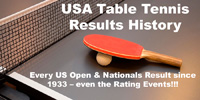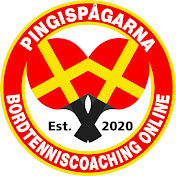November 27, 2017 - The Non-Playing Arm
Many players do not use their non-playing arm properly. Often the problem is that you can sort of get away with not using the non-playing arm in many drills – either static ones, where you aren’t moving (i.e. working on basics with beginners), and often in moving drills where you know where the ball is going and so don’t have to make sudden unexpected changes in direction. And so players will sometimes get lazy and let their non-playing arm just hang there like a dead snake. (I call it “dead snake syndrome.”)
Often the consequences of a limp non-playing arm aren’t apparent as they affect your ability to recover from a shot – meaning it doesn’t so much affect the shot you are doing as much as it does the next shot. And then, rather than blaming the slow recovery on the lack of balance and fixing the problem, they call out, “I’m too slow!”
There are really three things about the non-playing arm you should focus on.
- Keep the arm and hand up in your ready position for balance, making it easier to make quick starts, using the arm as a counter-balance.
- It should be used as a counter-balance to your playing arm while rallying. This is especially true when making big forehand shots, but also true on big backhand shots if you turn sideways. It’s also used as a counter-balance when reaching in for short balls to the forehand.
- When making big forehand shots, where the body is rotating in roughly a circle, not only is your playing arm side moving forward, but the non-playing arm side should be moving backwards – so you should essentially be pulling back with that arm, adding to your power.





